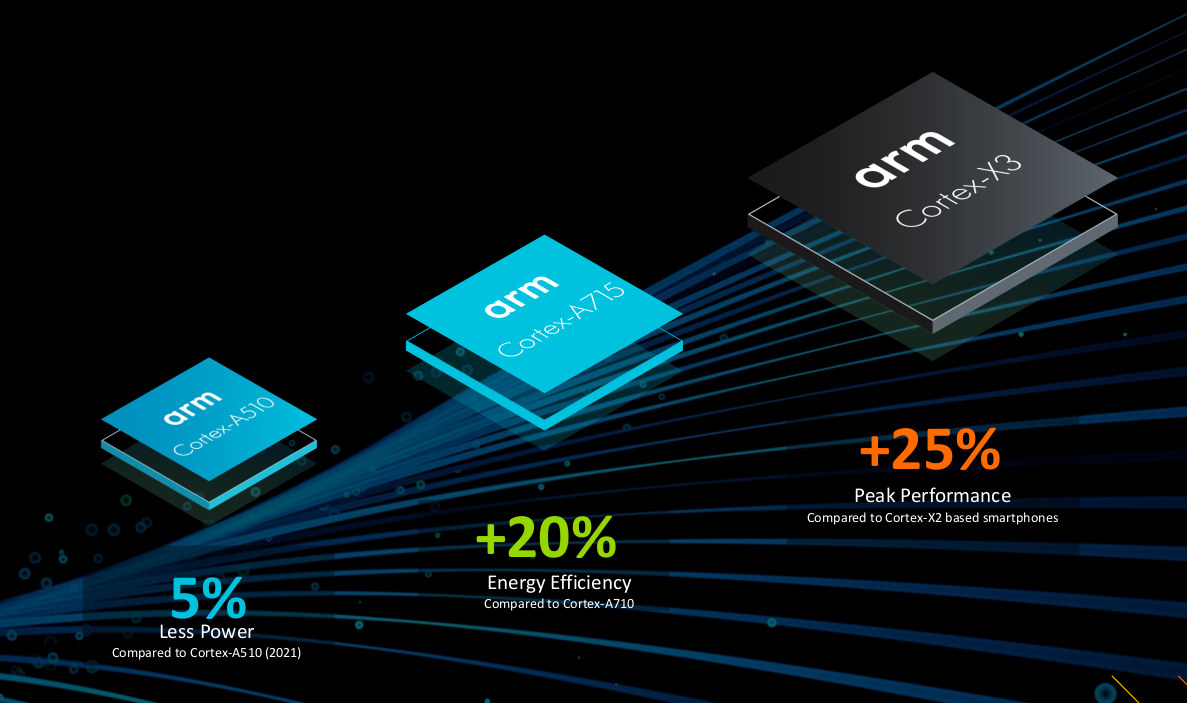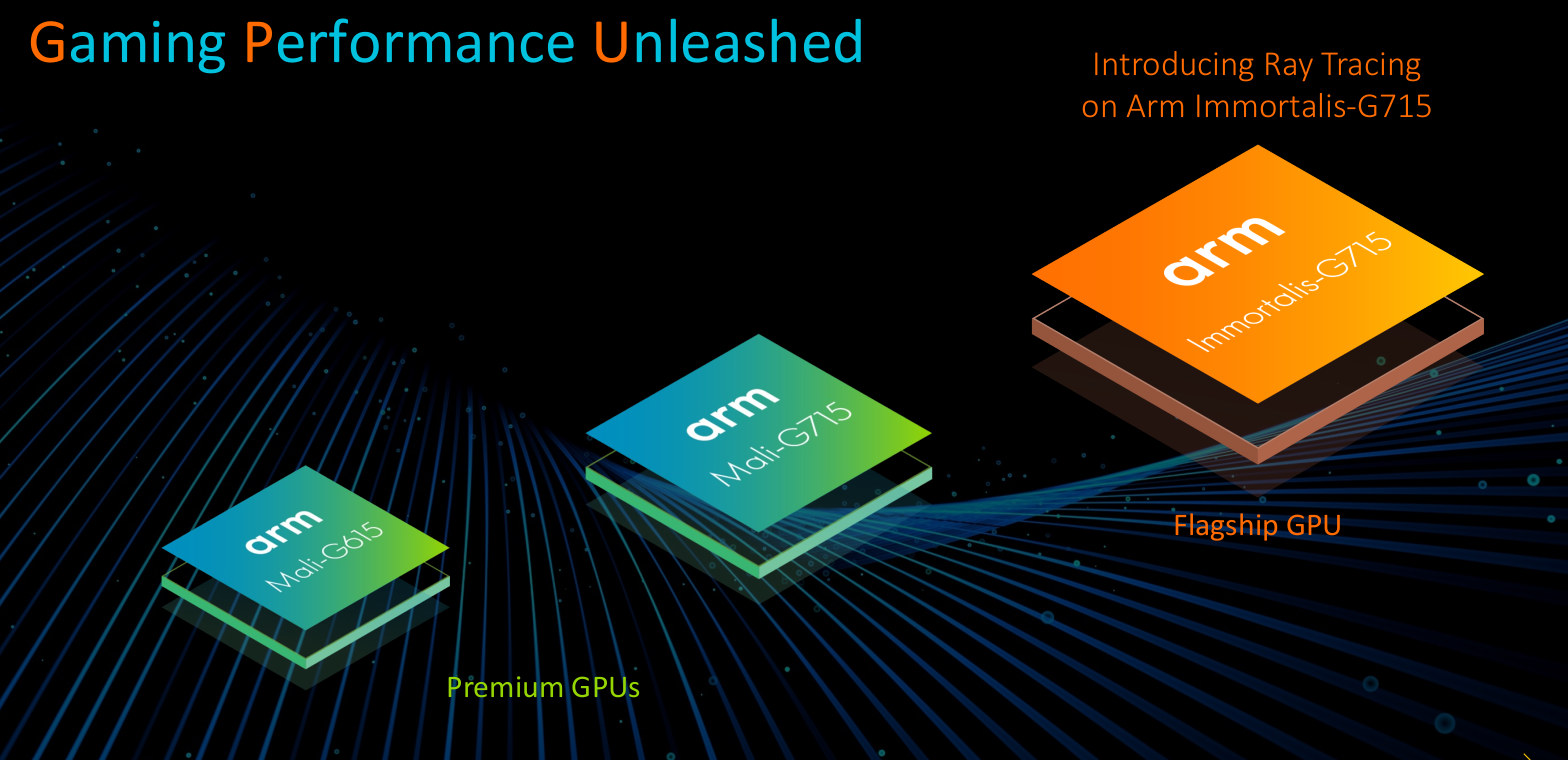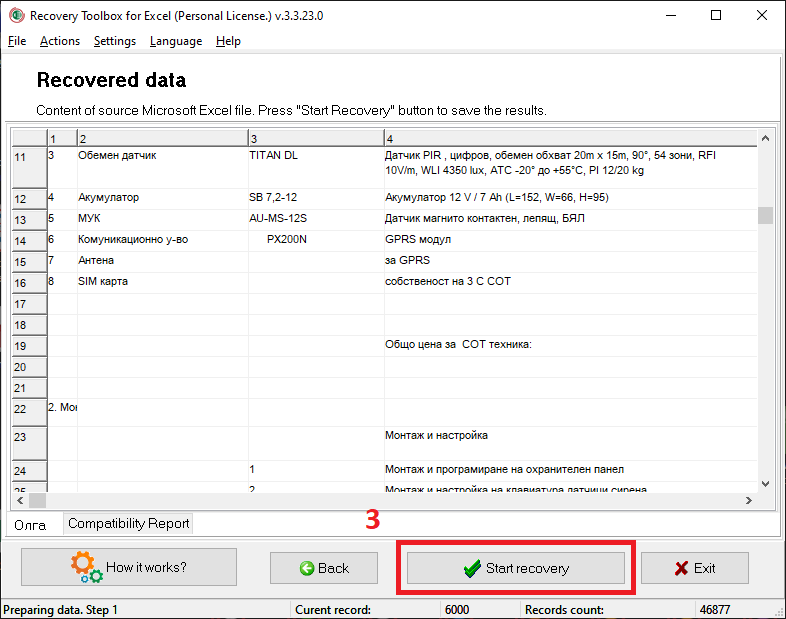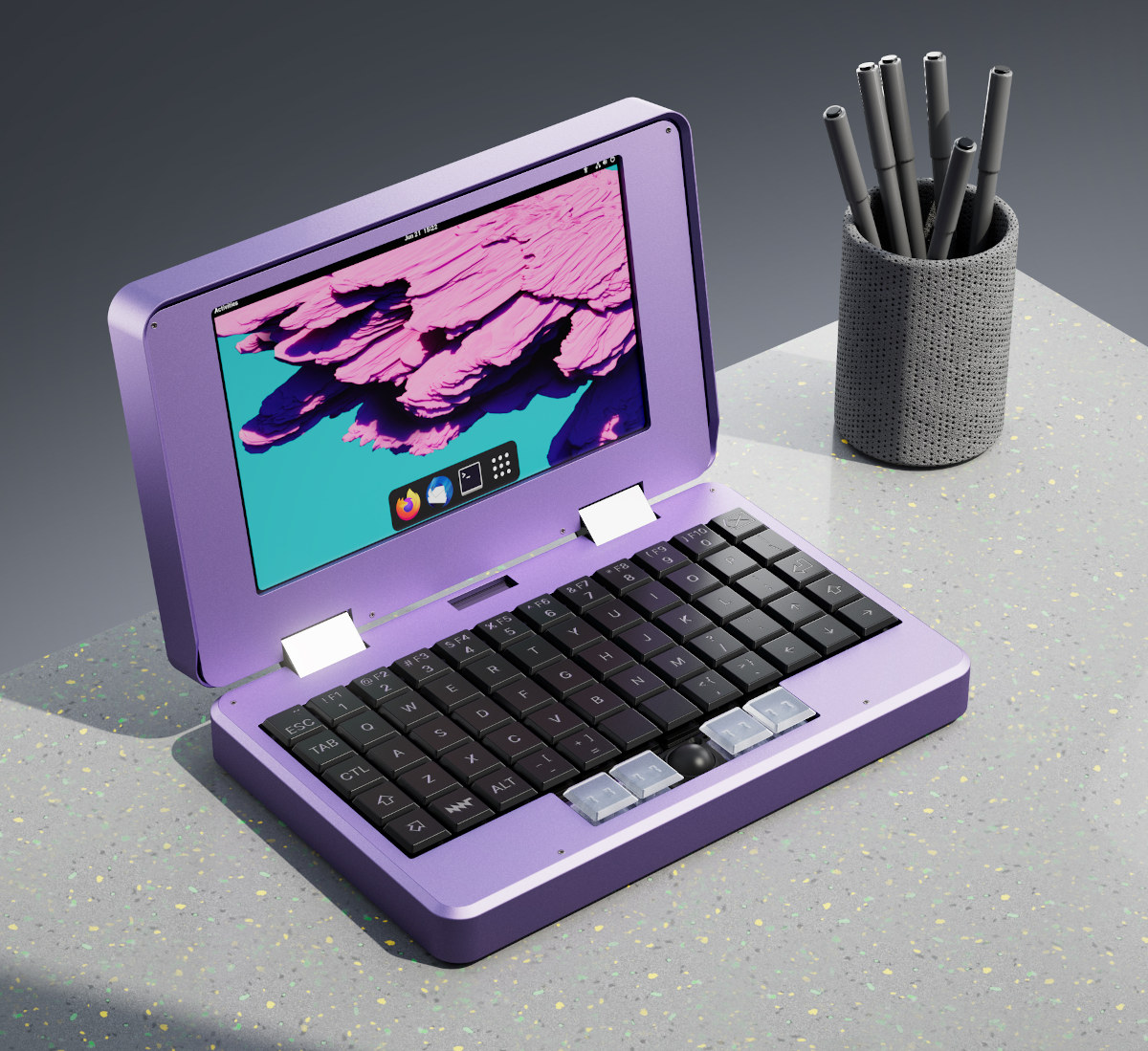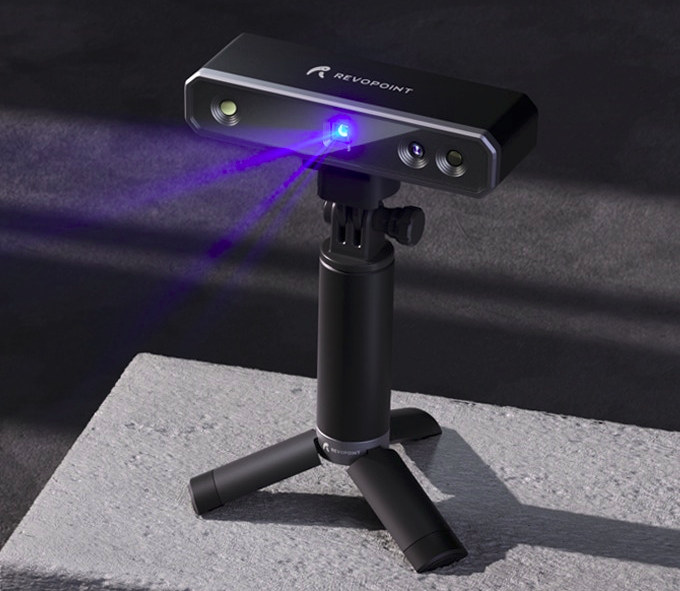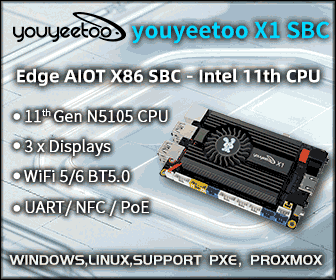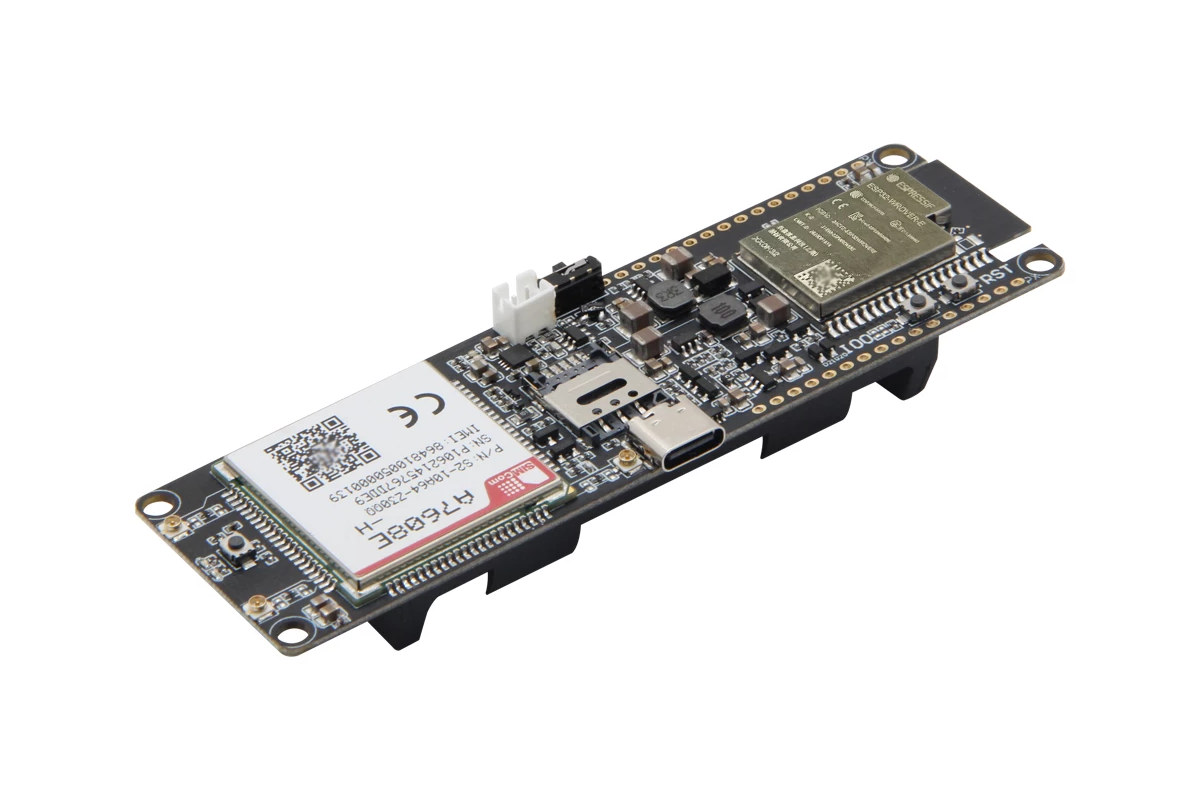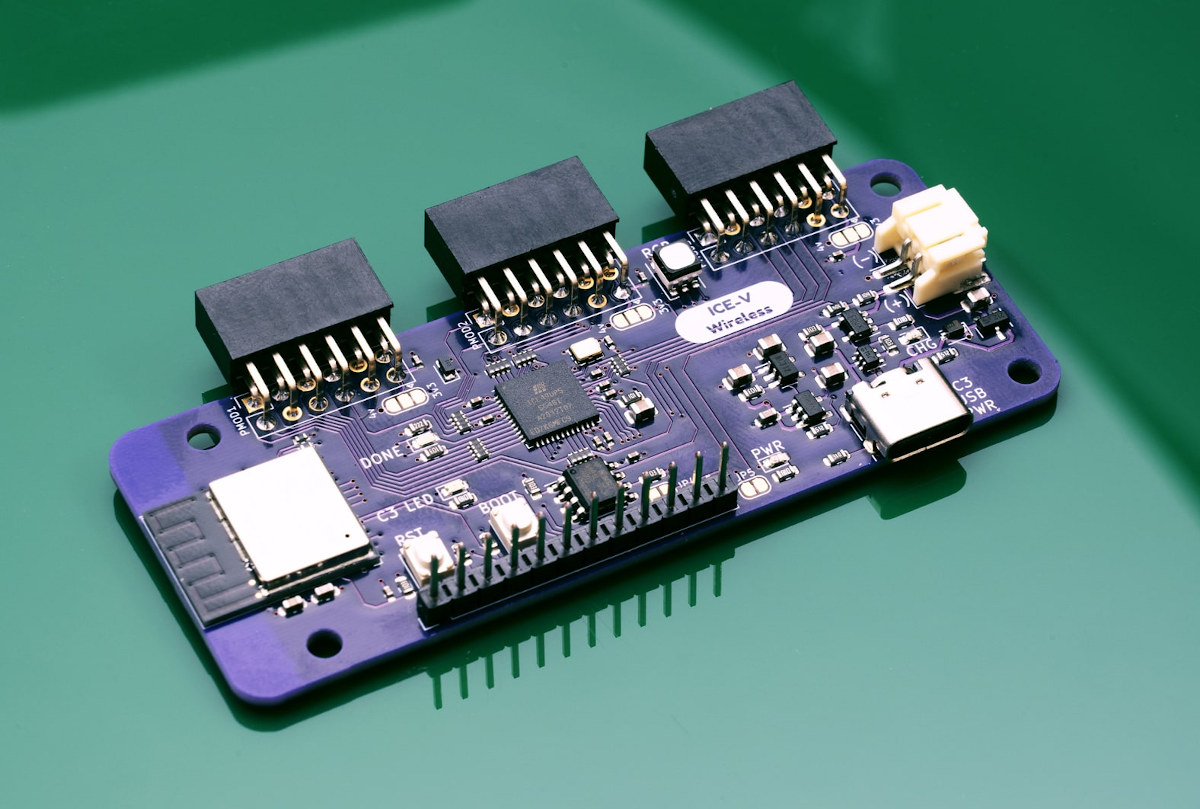Besides announcing the new Immortalis-G715, Mali-G715, and Mali-G615 GPUs, Arm has also introduced the second-generation of Armv9 cores with the Cortex-A715 and Cortex-X3 cores with respectively a 20% energy-efficiency improvement (and smaller 5% performance uplift) over the Cortex-A710 core and a 25% peak performance boost against the Cortex-X2 flagship core. The announcement also includes a “refresh” of the Cortex-A510 core announced last year with a 5% improvement in efficiency and the same level of performance. The Cortex-X3 will also be used in (Windows 11) laptop processors with the single-thread performance improved by up to 34% in that case. Armv9 mobile SoC (Total Compute) in 2023 Future Armv9 flagship mobile SoC worked on this year, and released in 2023 should have a combination of Cortex-X3, Cortex-A715, and Cortex-A510 cores, an Immortalis-G715 GPU, a new DSU-110 “DynamIQ Shared Unit” that supports 50% more cores in CPU clusters (or up to 12 cores […]
Arm Immortalis-G715 GPU supports hardware-based ray tracing
Arm has unveiled the new Immortalis family of flagship GPUs with support for hardware-based ray tracing starting with the Immortalis-G715 GPU, as well as two new premium Mali GPUs namely Arm Mali-G615 and Mali-G715. Software-based ray tracing was already implemented on Arm Mali G710 on SoC’s such as the MediaTek Dimensity 9000, but the hardware-based ray tracing in the Immortalis-G715 delivers over 300 percent performance improvements, and only uses 4% of the shader core area. This will be mostly used in games to generate realistic lighting and shadows as can be seen in the “before vs after” video demo below. While hardware-based ray tracing is only available on the Immortalis-G715 GPU, all three new GPUs feature a new execution engine and support variable rate shading. The Immortalis-G715 flagship GPU will come with 10 or more cores, the Mali-G715 with 6 to 9 cores, and the Mali-G615 with 6 cores […]
KEEN Ranger PT 4G LTE camera supports animal and human detection
I’ve tested a few security cameras with human and vehicle detection capabilities, but Reolink has now added animal detection via the KEEN Ranger PT trail camera mostly designed to monitor four-legged animals in the wild. It’s somewhat similar to the Reolink Go Plus 4G camera with solar power support and 4G LTE connectivity, but also offers a 360° view with pan/tilt control, a low-glow IR night vision, a 0.5s fast trigger speed, as well as GPS to track the position of cameras or sightings of animals on the mobile app. KEEN Ranger PT camera key features and specifications: Camera/Video Image Sensor – 1/3″ CMOS Sensor Video Resolution – 2K 4MP high definition (2560 x 1440 @ 15FPS) Video Format – H.265 Lens – f= 2.8mm fixed, F=1.6 Field of View – Horizontal: 95°, vertical: 57°, diagonal: 115° Infrared Night Vision – 12x 940nm no-glow IR LED’s Night Vision Range – […]
How to repair a corrupted excel file in Microsoft Office 2007 and 2010 (Sponsored)
Microsoft Excel comes with an already built-in repair tool called Open and Repair… The major and only task of the Recovery Toolbox for Excel is to fix and recover corrupted Excel files like the Open and Repair… function in Office 2007/2010. How To Manually Repair Microsoft Excel 2010 Files Here’s a well-detailed method on how to open and repair your Excel 2010 file: Select the file in the main menu Click on open Search for the damaged Excel 2010 file in the dialog section Click on the arrow beside the open button and select open and repair in the dropdown. Click on the Repair button to restore all the data. Wait for it to get restored. Perhaps the algorithm wasn’t able to get the damaged file fixed; click on extract data and formulae. The Excel file algorithm encourages you as a user to ‘convert to value’ or ‘Recover Formulas.’ If […]
MNT Pocket Reform 7-inch modular mini laptop takes a range of Arm (and FPGA) modules
MNT Pocket Reform is an open-source hardware mini laptop with a 7-inch Full HD display, an ortholinear mechanical keyboard, and trackball, that follows the path of its older and bigger sibling: the MNT Reform 2 laptop initially launched with an NXP i.MX 8M quad-core Arm Cortex-A53 module. The new laptop will not only support a similar “NXP i.MX 8M Plus” module but also a range of other Arm modules namely an NXP Layerscape LS1028A module with up to 16GB RAM, the Raspberry Pi CM4 module via an adapter, Pine64 SOQuartz (RK3566, up to 8GB RAM), as well as based on AMD Xilinx Kintex-7 FPGA for industrial use. MNT Pocket Reform specifications: Available system-on-modules Standard: NXP i.MX 8M Plus quad-core Arm Cortex-A53 @ 1.8GHz with 4 or 8 GB DDR4, Vivante GC7000UL GPU, 2.3 TOPS NPU NXP Layerscape LS1028A dual-core Arm Cortex-A72 with 8 or 16GB DDR4, Vivante GC7000UL GPU Raspberry […]
Revopoint MINI 3D scanner digitizes small objects with 0.02mm precision (Crowdfunding)
Revopoint MINI is a 3D scanner using high-resolution blue light that’s designed for smaller objects such as figurines, coins, jewelry, etc… that require a higher level of detail achievable thanks to the promised 0.02mm precision. The 3D scanner follows last year’s Revopoint POP 2 color 3D scanner with 0.1mm accuracy for larger objects, and the main differences are the lack of color scanning and the higher resolution most suitable for smaller objects, but also possible for larger objects while holding the scanner with one hand. It would just take longer since the MINI’s single capture range is 118 x 64mm, instead of 210 x 130mm for the POP 2. Revopoint MINI specifications: Technology – Dual camera blue light Single capture – Accuracy: up to 0.02mm, range/area: 118 x 64 mm Point distance – 0.05 mm Working distance – 100 to 200 mm Minimum scan volume – 10 x 10 x […]
ESP32 board with 150Mbps 4G LTE modem also supports RS485, CAN Bus, and relay expansion
LILYGO has designed another ESP32 board with a 4G LTE modem with the LILYGO T-A7608E-H & T-A7608SA-H variants equipped with respectively SIMCom A7608SA-H for South America, New Zealand, and Australia, and SIMCom A7608E-H for the EMEA, South Korean, and Thai markets, both delivering up to 150 Mbps download and 50 Mbps upload speeds. The board also supports GPS, includes a 18650 battery holder, and features I/O expansion headers that support an add-on board with RS485 and CAN bus interfaces, in a way similar to the company’s earlier TTGO T-CAN485 board with ESP32, but no cellular connectivity. LILYGO T-A7068E-H/T-A7608SA-H board specifications: Wireless Connectivity WiFi & Bluetooth – ESP32-WROVER-E module based on ESP32 dual-core processor @ 240 MHz with 4MB flash, 8MB PSRAM, 2.4 GHz WiFi 4 and Bluetooth 4.2/5.x connectivity, PCB antenna Cellular connectivity Data transfer speeds 4G LTE – Up to 150 Mbps downlink, up to 50Mbps uplink 3G HSPA+ […]
ICE-V Wireless FPGA board combines Lattice Semi iCE40 UltraPlus with WiFi & BLE module
Lattice Semi ICE40 boards are pretty popular notably thanks to the availability of open-source tools. ICE-V Wireless is another ICE40 UltraPlus FPGA board that also adds wireless support through an ESP32-C3-MINI-1 module with WiFi 4 and Bluetooth LE connectivity. Designed by QWERTY Embedded Design, the board also comes with 8MB PSRAM, offers three PMOD expansion connectors, plus a header for GPIOs, and supports power from USB or a LiPo battery (charging circuit included). ICE-V Wireless specifications: FPGA – Lattice Semi ICE40UP5K-SG48 FPGA with 5280 LUTs, 120 Kbits EBR RAM, 1024 Kbits PSRAM External RAM – 8MB PSRAM Wireless – ESP32-C3-MINI-1 module with 2.4 GHz WiFi 4 and Bluetooth LE through ESP32-C3 RISC-V processor, 4MB flash. USB – 1x USB Type-C port for power, programming, and JTAG debugging of the ESP32-C3 module Expansions 3x PMOD connectors connected to the FPGA I/O connector with 7x ESP32-C3 GPIO lines (serial, ADC, I2C) and […]


